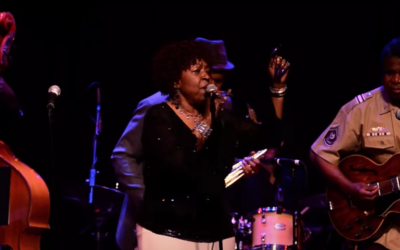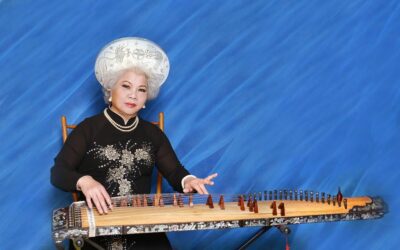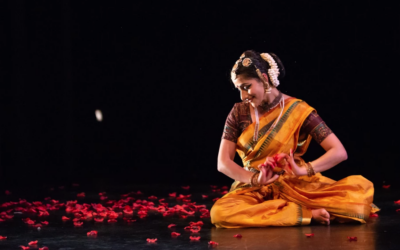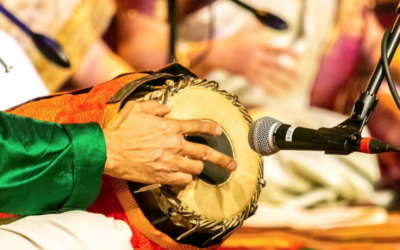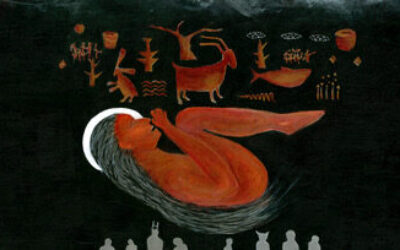Profile
Erik Lee
Liturgical / Praise Dance
Profile
Faye Carol
Blues Music
Profile
Yen Nguyen
Vietnamese Opera (Cải lương)
Profile
Quirina Geary
Ohlone Foodways, Table Ceremony
Profile
Surabhi Bharadwaj
Bharata Nrityam, Classical Indian Dance Form
Profile
Srinath Bala
South Indian Carnatic Percussion
Profile
Tara Pandeya
Afghan Dance: Sawal Jawab (Call and Response)
Profile
Farah Yasmeen Shaikh
Kathak Dance
Storytelling with Kumu Hula Patrick Makuakāne
Featuring Artists and Advocates L. Frank Manriquez and Sipu Whittle


